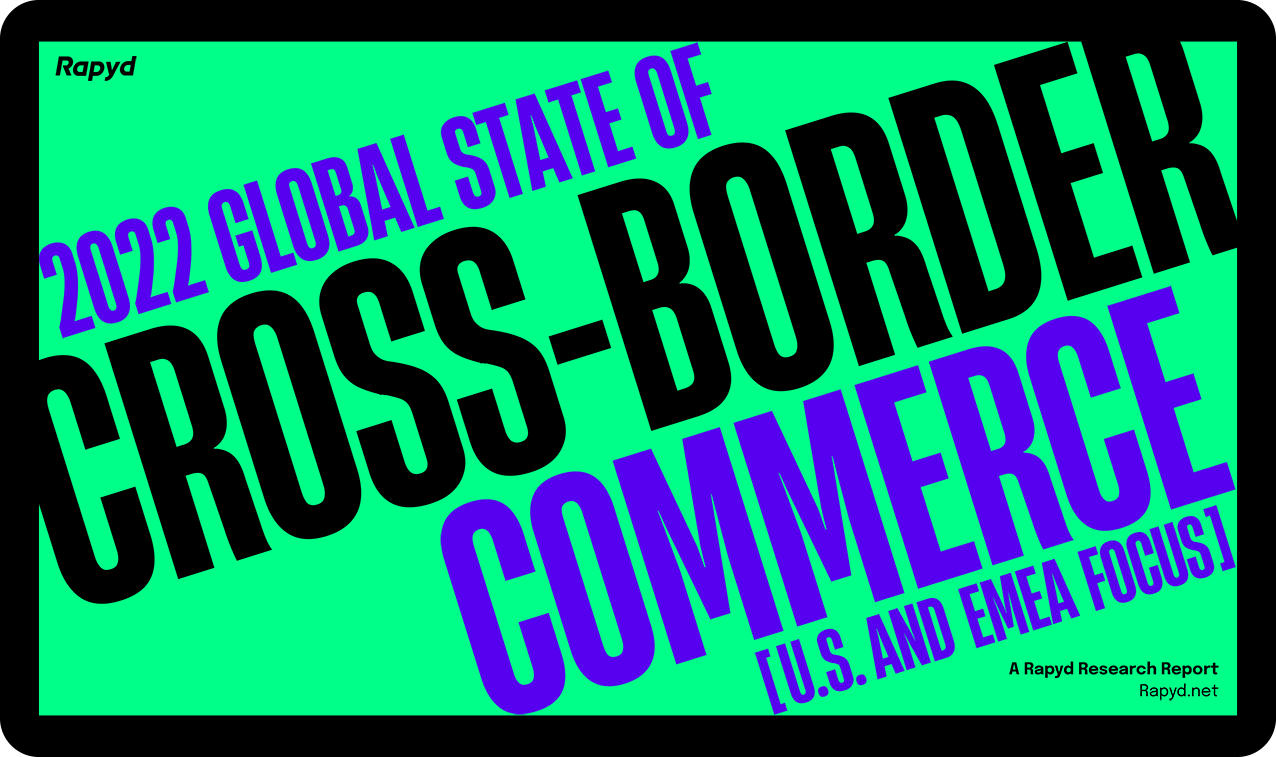Mexico’s Payment Methods that Local and Cross-Border Merchants Can’t Overlook.
With 127 million1 inhabitants, Mexico is the 10th most populous country in the world—and many of those people still haven’t fully embraced online shopping. But with an annual growth rate of 28.3% and a B2C market worth $22.6 billion2, it’s clear online shopping habits are changing quickly.
Here Are Mexico’s Most Popular Local Payment Methods and eCommerce Trends
A Tale of Two Mexicos: The Connected and The Disconnected
- Mexico still has a large urban/rural divide, with 23% of Mexicans living in rural areas with relatively low internet penetration rates 3. Across the country, there are only 80 million internet users4 total—a penetration of only about 70%, compared to the U.S.’s 90%.5
- The federal government has multiple initiatives to bring connectivity to people across the country, including the Internet for All6 program. The Mexican president recently announced that program will continue7 despite COVID-19 budget-tightening measures.
For domestic and global companies looking to make inroads in Mexico, this means there is still a massive opportunity to grow ecommerce business. But offering the right mix of local payment methods in Mexico is critical to your success.
Cash
Cash is still king in Mexico, owed mainly to the high percentage of unbanked people in the country. Voucher systems allow unbanked Mexicans with smartphones or internet access to bypass banks and access online shopping. They are heavily entrenched in the country’s payments culture.
Voucher payments, also known as boletos, are popular here, especially for online retail giants Amazon and MercadoLibre. Typically8 voucher payments allow consumers to shop online, choose this option for payment, download a barcode, then present the barcode and pay cash over-the-counter, which is usually done at a convenience store.
MercadoLibre’s MercadoPago system9 has similar functionality and was the first to gain wide-spread success in Latin America.
Local Debit Cards
Mexicans who have bank accounts vastly prefer using debit cards for payments. In fact, cards account for 45% of all transactions in the country, totaling $10.2 billion in sales.2 At the same time, the country’s debit card penetration is high at 1.12 cards per capita, compared with 0.25 for credit cards, notes JP Morgan’s report on Mexican ecommerce trends.2 That “bucks a trend seen elsewhere in Latin America,” it says, predicting that by 2021 cards will account for half of all online transactions.
Digital Wallets
JP Morgan2 predicts that by 2021, digital wallets will own a 27.7% share of the B2C payments market. The COVID-19 Pandemic could impact this projection as more Mexicans purchase household necessities online. PayPal is the leader, while MercadoPago, Visa Checkout, and Masterpass are also popular.
A report on financial inclusion in Mexico by the think tank Center for Global Development10 explores why mobile money hasn’t had the same success in Mexico as in other developing nations. As expected, some of the biggest obstacles to fintech development have been regulatory—namely, that the country still has a bank-centric approach for handling fintech. That doesn’t mean there isn’t room to innovate, but it does mean companies need to embrace an all-of-the-above strategy for payment acceptance.
Bank Transfers
Bank transfers make up 16%2 of online payments in Mexico, with a slight rise projected through 2021 as smartphone penetration grows. Whether this mode of payment will gain major uptake in years to come depends on banks’ willingness to create better solutions for low-income Mexicans, and the government’s efforts to push people to become banked. In other words, it may fall by the wayside as more innovative, inclusive solutions come to the fore.
Following Mexico’s Lead on Payments
It’s clear ecommerce and gig-economy platforms looking to participate in the Mexican market can’t win with a one-size-fits-all approach when there are such huge disparities in wealth, connectivity and payments customs across the country. To succeed in Mexico companies will absolutely need to provide multiple payment options to capture the true potential of this burgeoning ecommerce market.
Mexico can also serve as a stepping stone to other Latin American nations. It is the largest Spanish-speaking country in the world and is the second-largest ecommerce market in Latin America behind Brazil. Companies that succeed in Mexico can capitalize on their experience to expand further into Latin America.
Quickly and easily accept all of these payment methods with Rapyd’s All-in-One Solution for Mexico Payments
The Fastest Way to Access and Offer Mexico’s Top Payment Methods
Reach new customers and grow revenue with a single platform that provides a truly local payment experience in Mexico and around the world.
Rapyd provides deep local payment expertise in every market and manages infrastructure, licensing, and compliance so you can focus on growing your business.
- Local payment methods including cards, bank transfers, bill payments and cash
- Accept payments and make payouts in 100+ countries
- Online, in-store and mobile app payments
Sources
- https://www.jornada.com.mx/ultimas/economia/2019/10/29/poblacion-en-mexico-para-2020-sera-de-127-millones-estima-inegi-5633.html
- https://www.jpmorgan.com/merchant-services/insights/reports/mexico
- https://www.sciencedirect.com/science/article/pii/S0160791X19302684
- https://www.dw.com/es/m%C3%A9xico-super%C3%B3-los-80-millones-de-usuarios-de-internet-en-2019/a-52411363
- https://www.pewresearch.org/internet/fact-sheet/internet-broadband/
- https://www.capacitymedia.com/articles/3824047/mexico-to-set-up-national-internet-for-all-company-to-expand-rural-coverage
- https://zetatijuana.com/2020/04/amlo-cancela-10-subsecretarias-mantiene-dos-bocas-tren-maya-y-santa-lucia/
- https://business.ebanx.com/en/mexico/payment-methods/oxxo
- https://www.fool.com/investing/2019/08/23/mercadopago-real-reason-mercadolibre-stock-soared.aspx
- https://www.cgdev.org/publication/puzzle-financial-inclusion-mexico-closeable-gap
Subscribe Via Email
Thank You!
You’ve Been Subscribed.




